I must admit, this racket is a bit of a lemon right out of the gate. When I first got it, it came strung, but upon closer inspection, I noticed something was off with the head. After cutting the strings, the damage wasn’t too severe, so I decided to keep it. However, upon closer inspection, it turned out that all six holes on the racket head were in pretty rough shape. If you plan to use this racket, make sure you find a reliable and skilled stringer, preferably one who knows to rotate the grommets with each restringing. For this review, I replaced the damaged grommets with the lightest six-link grommets I could find, which might affect the racket’s performance. After replacing the grommets, I noticed that the stringer didn’t rotate the grommets at the 2 o’clock and 10 o’clock positions, so I had to trust their judgment.

Endorsed by Wang Shixian, the flagship of the HX series, designed by Victor’s Taiwan division, this balanced racket has a reputation to live up to. However, on badminton gear forums, it only scored a 7.9 out of 10, with most reviews being 4 stars. The strangest part is the completely contradictory reviews: some say it’s head-heavy with a stiff, unforgiving shaft that slows down your swing and strains your wrist, while others describe it as slightly head-light, with a soft, forgiving shaft that’s easy to handle and allows for quick swings.
A friend who has tried the entire HX series gave this racket a rather negative review, which made me curious about the HX990 to see what it’s all about.
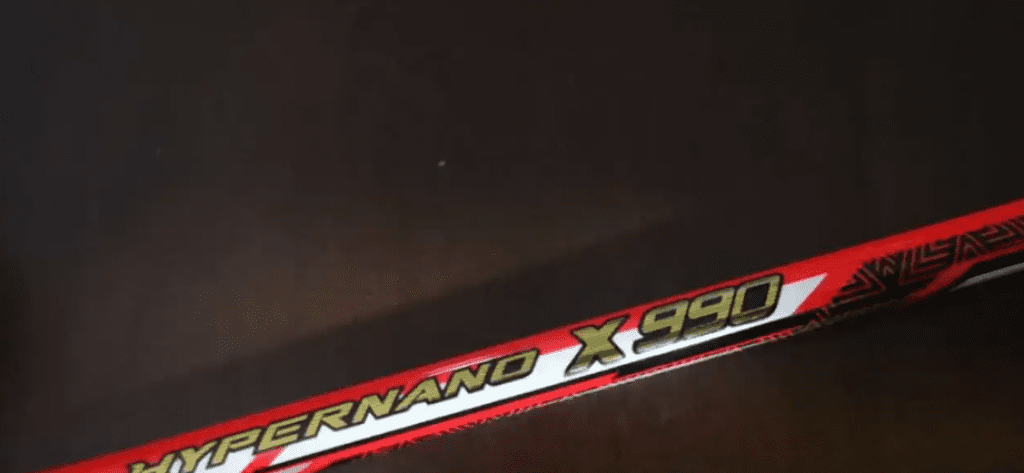
Specifications: 3UG5, total weight with grip and strings is 99.2g, balance point at 300mm, 6.8mm Flash Shaft (M30J + M46J), 210mm shaft length, stiff, 675mm racket length, aerodynamic frame, 9-3 o’clock string grooves, warranty up to 31 lbs, strung with 25-27 lbs VBS66N.
The striking vermilion base color, combined with white and black stripes and gold-embossed text, makes it impossible to overlook. The aggressive color scheme almost invites confrontation, making it something you’d want to pick up and wield.
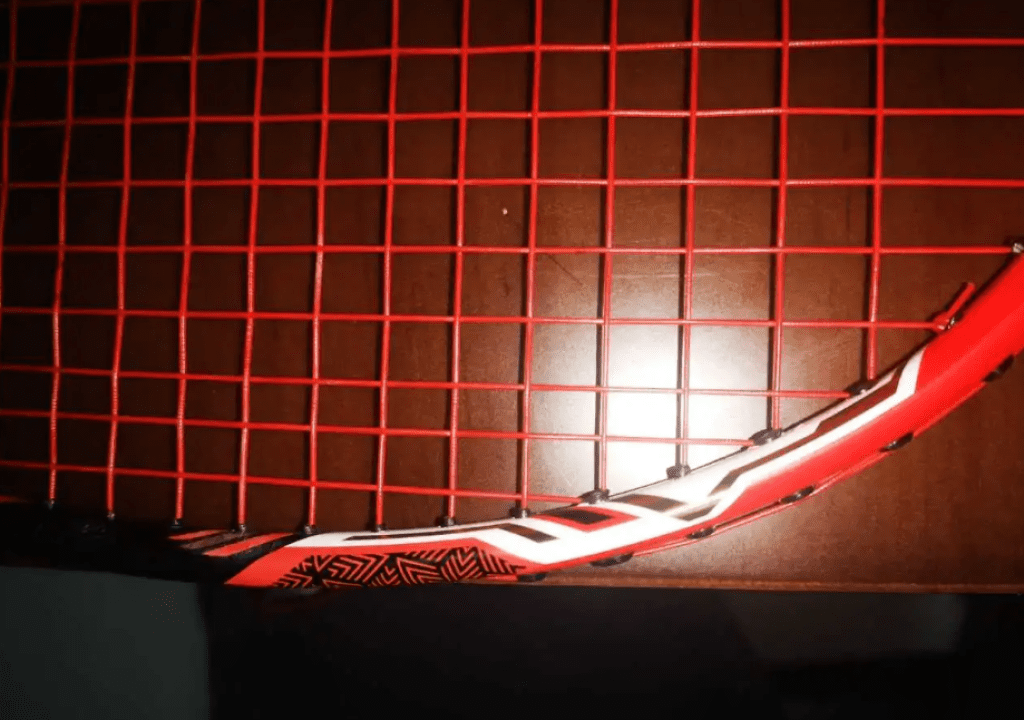
After stringing, the racket felt noticeably head-heavy, which didn’t quite align with the expected balanced design. After trying out the HX900, I thought its 3U version would be better, but now I think I was wrong about the HX990, especially in doubles, where continuous play is emphasized.
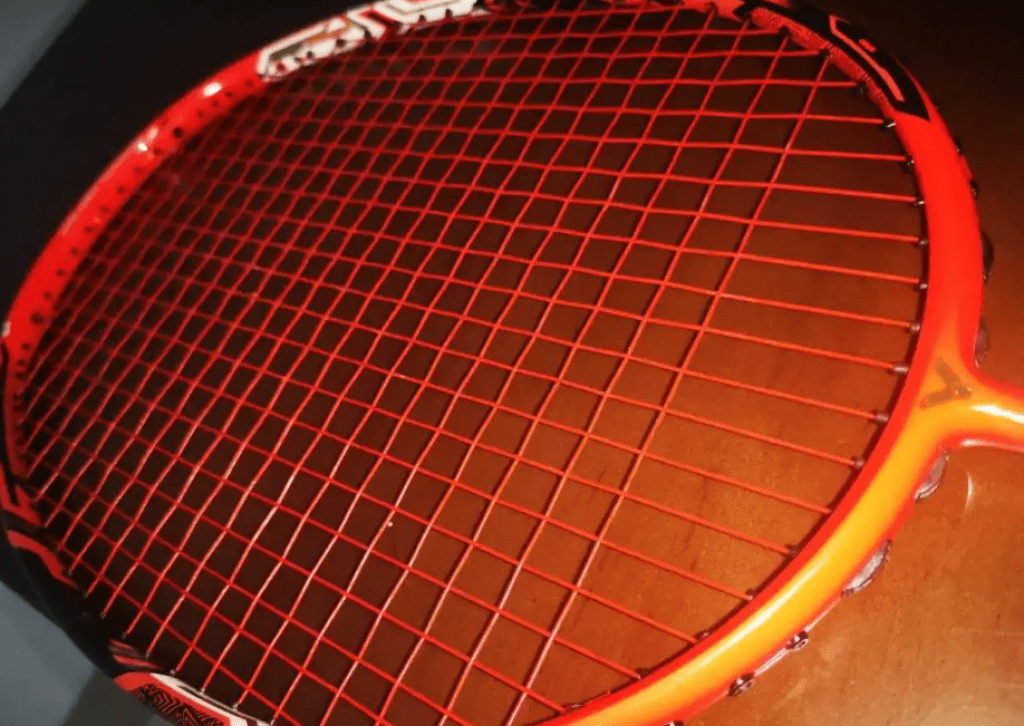
Before changing the strings, I tried it with the original Li-Ning No. 5 strings. It had no issues with clears, and the head-heavy feel was just right for me, allowing for effortless power transfer. Even at this stage, I could feel the shaft’s elasticity. The aerodynamic frame provided a smooth swing, and the overall feel matched the level of a flagship racket from Victor. I tried a few quick drives with light force, and the feel was still sharp, with good directional control and appropriate shot speed. The feedback wasn’t overly crisp, but the elasticity was top-notch, offering a moderate hold on the shuttle. In net play drills, the HX990 provided plenty of confidence in delicate shots. Coach Pang Hu mentioned during his analysis of the Sudirman Cup match between Shi Yuqi and Kento Momota that Wang Shixian represents a typical Jiangsu-Zhejiang playstyle, characterized by fine techniques, and so far, this image aligns well with the HX990 (cue the iconic triple-crosscourt-net-shots).
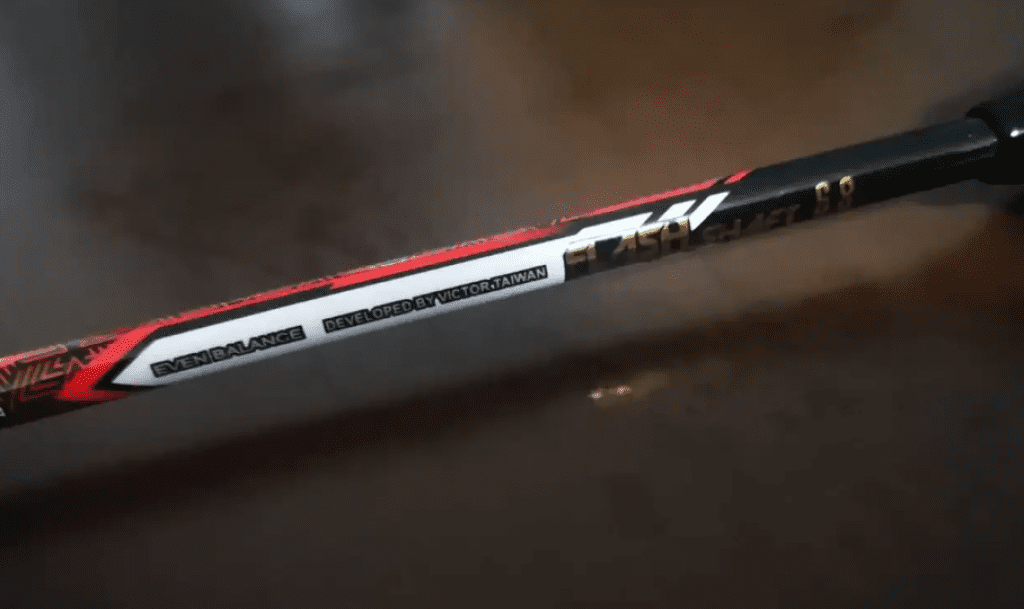
This racket clearly leans more towards singles play, but its performance can only be fully validated in doubles matches. I must say that the VBS66N strings also felt somewhat sluggish. While the directionality and power during smashes were excellent, there was a noticeable sticky feeling with the shuttle on the string bed, making the feedback less crisp and not as satisfying. The “meaty” feel could be due to the large frame or the shaft tuning, but it also highlights the different approaches taken by the Nanjing and Taiwan factories in understanding or handling the Hypernano series. The HX990 and HX900 are two different beasts.
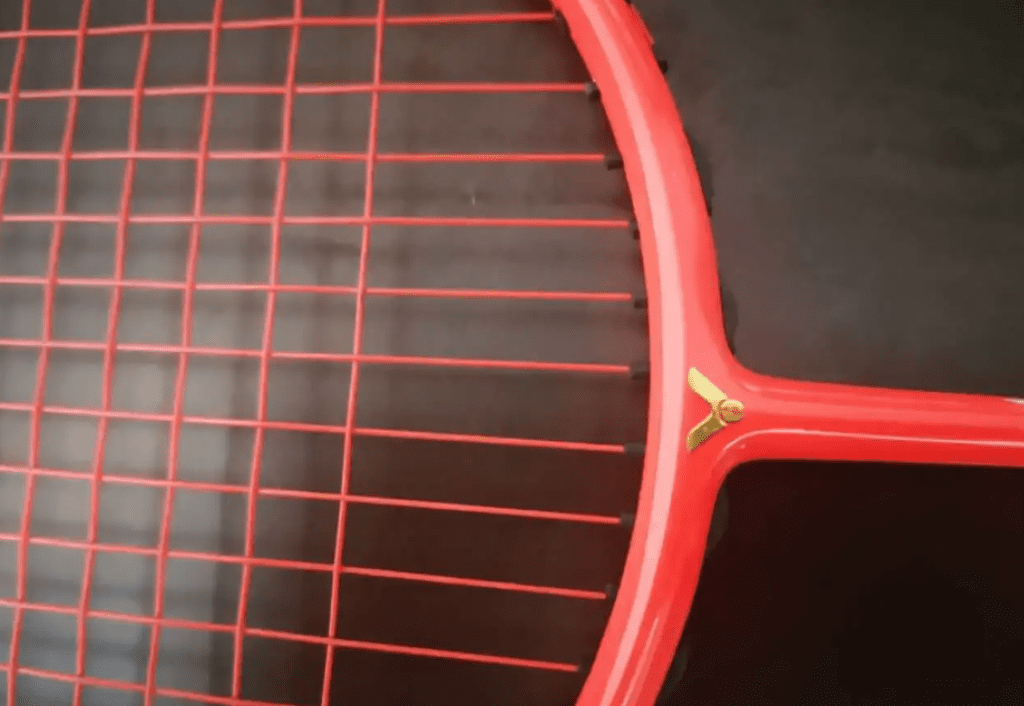
It seems that a significant portion of the Chinese national women’s singles team prefers rackets that amateurs generally find to have a somewhat dull hitting feel, like the Astrox 77. During testing, I could sense that this racket has a very high ceiling, but the overall feel was rather serene and emotionless. If I were to describe this racket, it would be “stable”—stable in feel, stable in control, stable in clears. However, I think most amateur players would prefer a racket that feels more exciting. Given its fragile nature, it’s understandable why it’s not as popular.

Leave a Reply